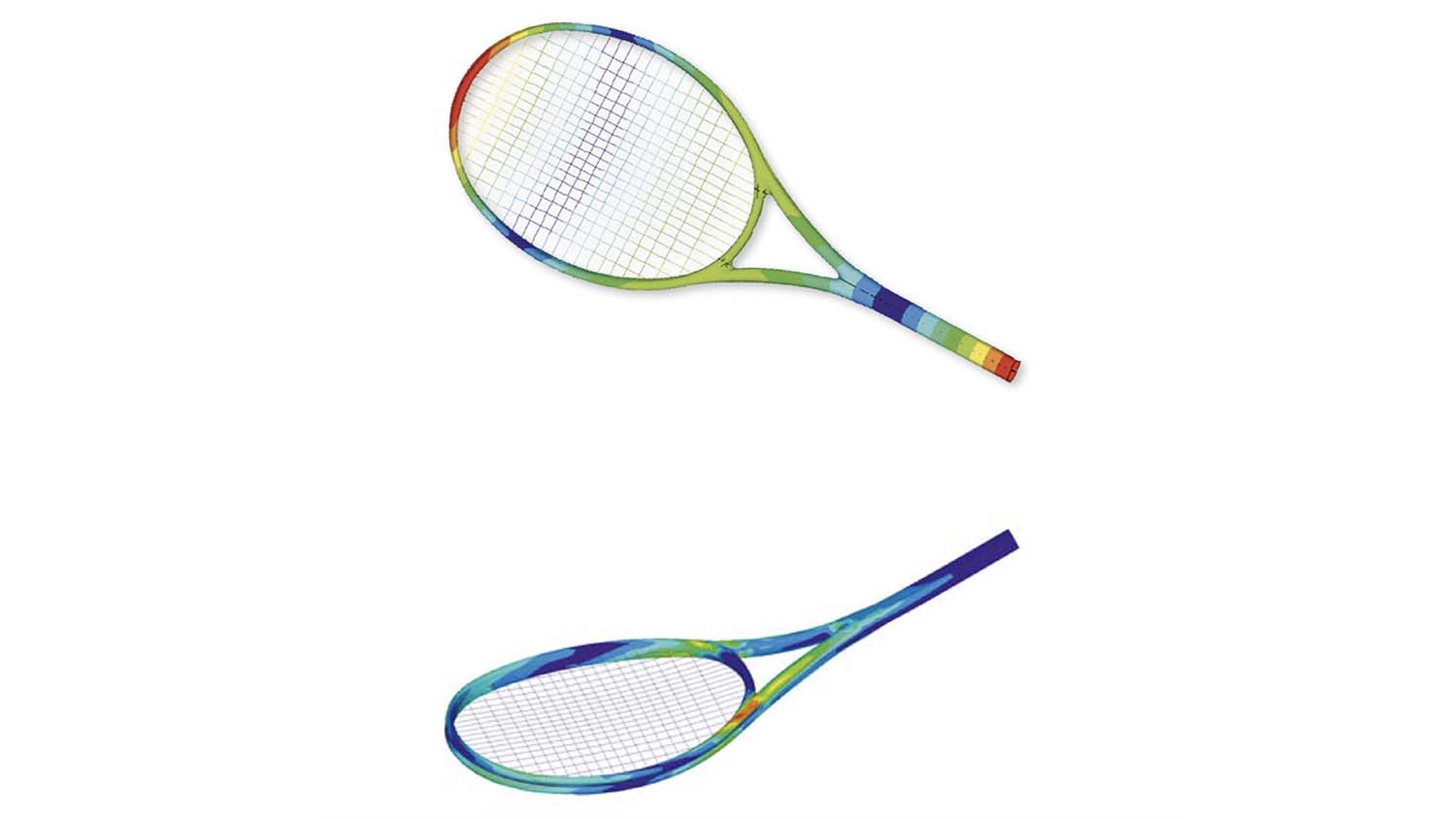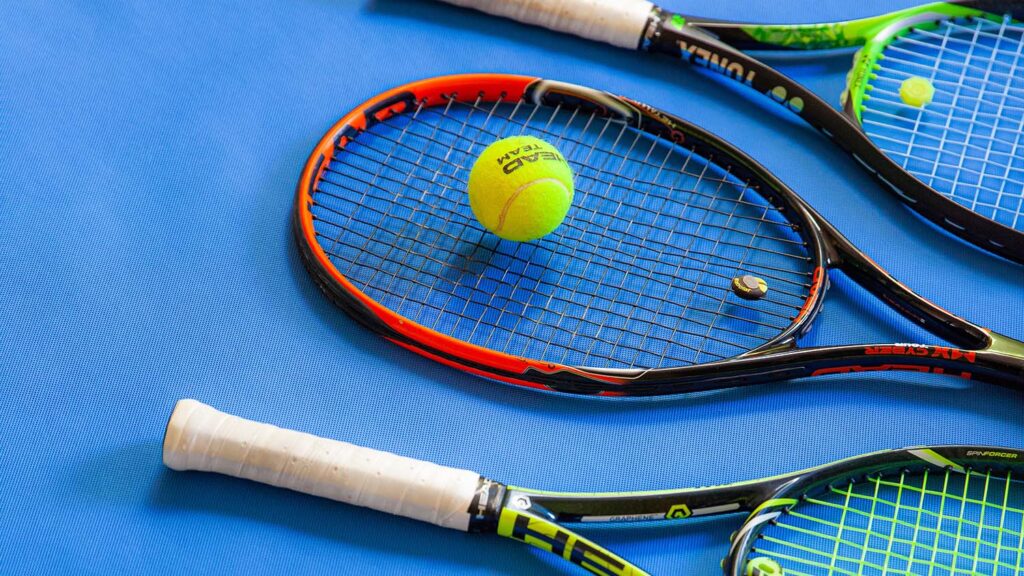The sport equipment manufacturer Head has selected Ansys simulation tool optiSLang to optimise the design process of its tennis rackets production
Since the games played with wooden rackets with the natural gut strings, innovation in tennis equipment has gone a long way.
While today’s composite and metal rackets are undeniably more powerful, stronger, and lighter, with improved handling, engineers and designers are looking for ways to understand exactly what happens when the ball collides with the racket.
For the industry leader Head, simulation has turned out to be the best way to do so, but handling the huge amount of data needed for it was just as much of a challenge.
When Head engineers first began using simulation, they evaluated a single design iteration, made changes based on the results and ran a new simulation. Head says that evaluating the performance of each iteration, took them approximately one week.
The process of design optimisation of tennis rackets considers a wide number of input parameters including different fibres, FAWs (Fibre Area Weight), angles and component compounds, and placements yielding many possible variations.
Additionally, a large number of optimisation variables and objective parameters such as stiffness, strength, impact behaviour and production costs, are taken into the consideration.
This can result in up to 20 million combinations. Head has calculated that, if they were supposed to build and test a prototype per day, it would take them 2,750 years for one million combinations. By conventional means, in real prototyping, such effort is not viable.
This is why Head decided to adopt Ansys optiSLang as a nonlinear optimiser, to generate design iterations and automatically run Ansys Mechanical simulations in a batch process to identify the optimal solution. The goal of optimisation is to find the lightest structure with the highest stiffness and strength that meets other design constraints.

Head said its engineers evaluate approximately one million design concepts in about a week to improve the design of a composite structure. By using optiSLang, a large amount of multidisciplinary nonlinear optimisation variables such as layer thickness, angle and material, can be considered and evaluated with different priorities like weight and balance.
To further reduce the design variables, Head engineers carry out the parameterisation of layout and geometry in OptiSLang, which runs a sensitivity analysis to identify the relevant input and output parameters and quantify the forecast quality.
Head said the ability of prognosis is the key to efficiency as it allows to distinguish between physical and numerical effects on the change of output variables, for example, by quantifying the influence of meshing if geometry changes.
Another benefit is that, if permissible limits are violated by scattering output variables, optiSLang can safely identify the responsible scattering input parameters.
The ability to automatically identify the most important parameters makes it possible for engineers at Head to analyse many design alternatives and to optimise performance to a level that would never have been possible in the past.
Meeting regulations and quality requirements were also made easier: by employing Ansys optiSLang, Head has developed a series of quality tests that measure stiffness and strength, which every racket must pass before entering the market. For example, the racket must withstand a drop test onto concrete without any damage.
The combination of optiSLang’s stochastic and optimisation algorithms with the parameterisation and pre-processing capabilities of Ansys Workbench has enabled engineers to evaluate each proposed design quickly and easily from a quality standpoint, all from the early stages of the product development process.
Head said that simulation and Robust Design Optimisation (RDO) have played a significant role in the improvements that Head has achieved in the performance and durability of its tennis rackets over the past decade, making it possible to produce lightweight designs that can withstand the great forces generated by string tension as well as the impact of the ball on the racket during the game.






